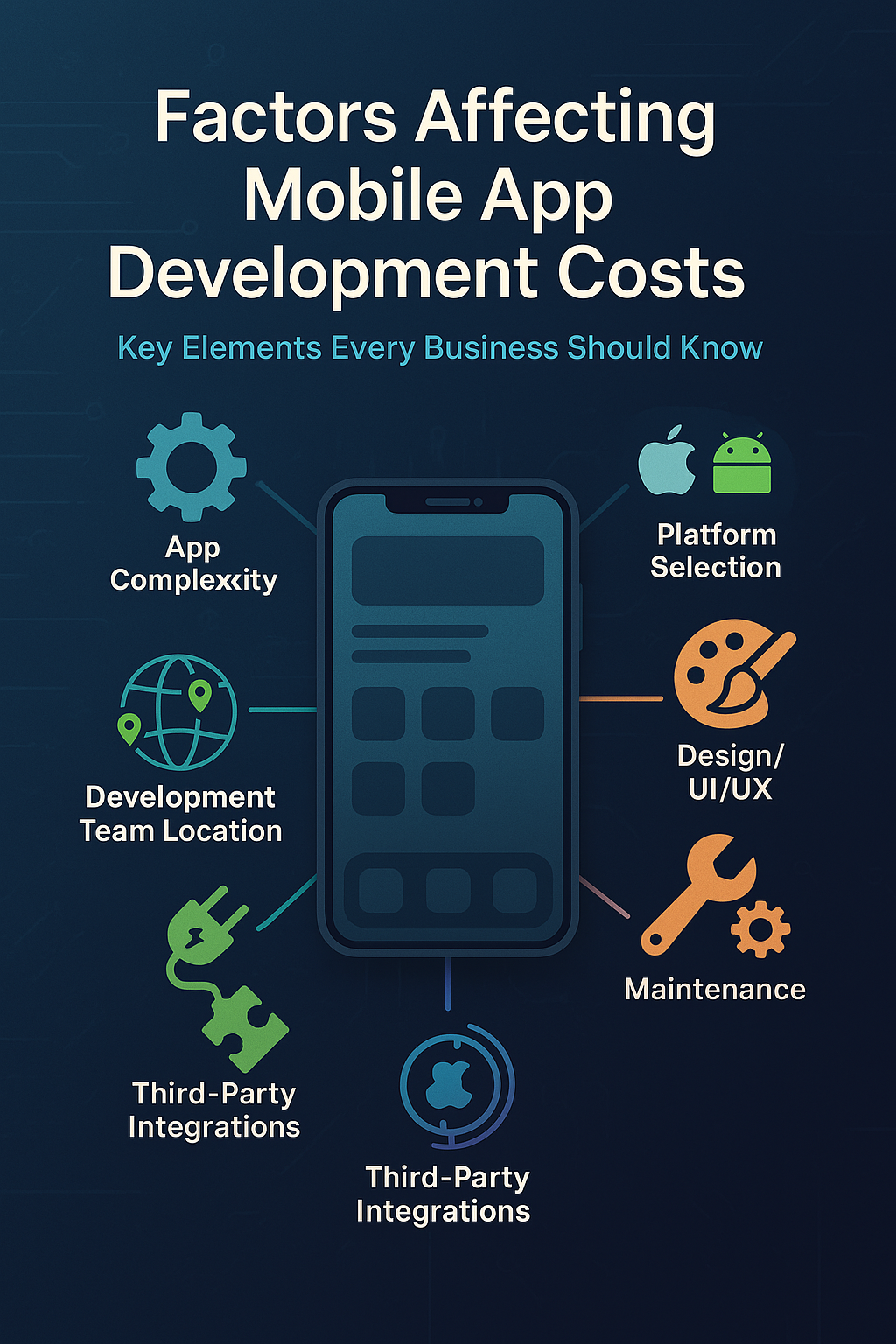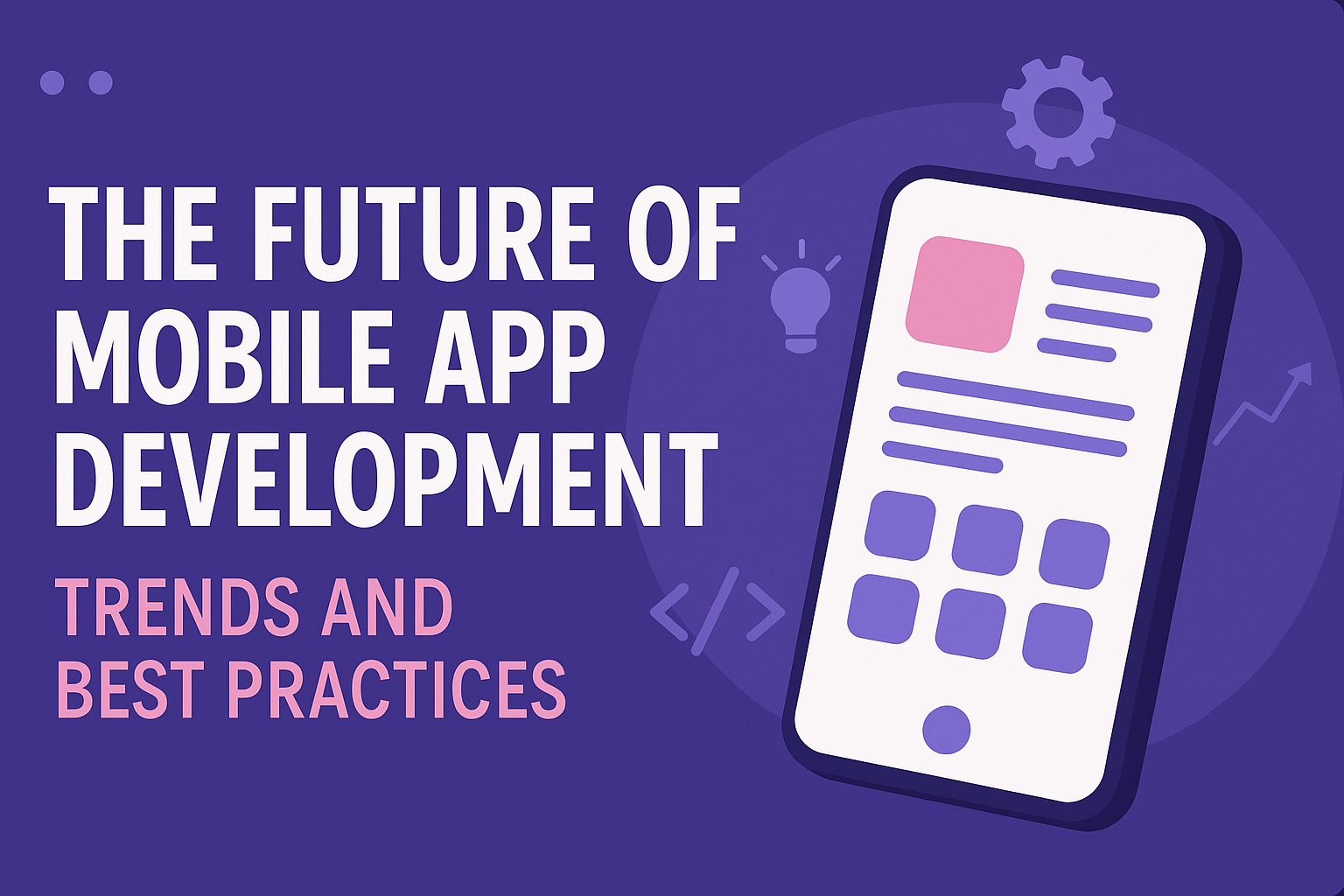Key Factors That Influence Mobile App Development Costs

Strong 8k brings an ultra-HD IPTV experience to your living room and your pocket.
In today's digital-first world, a powerful mobile app is vital for business growth. But a key question for any project is: What will it truly cost?
✍️ AI is reshaping the digital world. Explore how AI-powered apps are built and why they deliver smarter user experiences.
Understanding mobile app development costs is crucial for smart budgeting and maximizing your mobile app ROI. This insight helps you avoid financial surprises and make informed decisions on your app development budget.
Let's dive into the core cost factors that determine your investment in a high-performing mobile application, helping you answer "how much does an app cost?" and plan effectively
1. App Complexity and Features: How Complexity Drives Costs
The complexity of an app is one of the most significant factors in determining its cost. Apps can vary in complexity, and each type demands different resources, time, and skillsets:
- Basic Apps: These apps include core features like user registration, simple interfaces, and basic functionality. The development cost for basic apps ranges from $5,000 to $15,000.
- Intermediate Apps: These apps introduce more advanced features like push notifications, third-party integrations, and user interaction capabilities. The costs here can range between $15,000 and $40,000.
- Advanced Apps: With sophisticated features such as real-time chat, in-app purchases, and complex backend systems, the development cost can escalate to $40,000 or more.
Every additional feature or complexity increases the time, expertise, and resources required to build the app, which ultimately impacts the overall cost.
2. Platform Selection: iOS, Android, or Cross-Platform
The platform you choose to develop your mobile app on plays a huge role in both the development timeline and overall cost. Let’s break down the cost implications for different platforms:
- iOS Development: Developing an app for the Apple ecosystem tends to be more streamlined due to fewer device variants. The costs for iOS development can range from $20,000 to $150,000+, depending on the app's complexity and features.
- Android Development: Android apps generally require testing across multiple device types, which can increase costs. Development for Android platforms typically ranges from $20,000 to $200,000.
- Cross-Platform Development: By using frameworks like React Native, you can target both iOS and Android with a single codebase, reducing development time and cost by 30-40%. Cross-platform apps generally cost between $25,000 and $150,000.
The platform you choose depends on your target audience, desired features, and, of course, your budget constraints.
3. Design & User Experience (UI/UX): Why A Great Design Matters
When developing an app, design is far more than just how it looks—it’s about creating a seamless user experience. High-quality UI/UX design can make or break the success of your app. Here’s why:
- Custom Design: Unique, visually appealing, and functional design elements require additional resources, time, and expertise. Custom designs and animations come at a premium price.
- Iterative Testing: A user-centric app design involves rigorous testing and refinement to ensure that the interface is intuitive and engaging. This process is essential for boosting user retention and engagement but adds to the development cost.
In short, investing in good design is not an optional expense—it’s a critical factor in building an app that users will love.
4. The Location of Your Development Team: How Geography Impacts Costs
The geographical location of your development team plays a significant role in determining costs, as labor rates can vary greatly depending on the region:
- North America/Europe: Development costs in these regions are generally higher, with hourly rates ranging from $70 to $130 per hour.
- Asia/Eastern Europe: For cost-effective solutions, outsourcing to countries in Asia or Eastern Europe can lower development costs, with rates ranging from $30 to $50 per hour.
While outsourcing to more affordable regions can reduce costs, it’s important to balance quality and communication, ensuring the project stays on track.
5. Third-Party Integrations: Adding Functionality at a Cost
To enhance the functionality of your mobile app, you may need to integrate third-party services such as payment gateways, social media logins, or analytics tools. While these integrations can improve the app’s user experience, they also come with additional costs:
- Additional Development Time: Each integration requires time to implement, test, and ensure smooth operation within the app.
- Licensing Fees: Some third-party services may require licensing, adding another layer of cost to the development process.
Careful consideration of the third-party integrations your app requires can help you avoid unforeseen costs down the road.
6. Maintenance & Updates: The Hidden Long-Term Cost
The costs don’t end once your app is launched. Post-launch maintenance is a continuous expense. This includes:
- Bug Fixes: Fixing any errors or issues that arise after release.
- Updates: Regular updates to improve functionality, enhance security, and meet new operating system requirements.
- New Features: Ongoing development to add new features based on user feedback.
While these costs are spread out over time, they must be factored into your overall app development budget to ensure that the app continues to function smoothly and meet user expectations.
7. Project Management & Quality Assurance: Why They Matter
Efficient project management and thorough quality assurance (QA) are essential for delivering a successful mobile app. Both contribute to the final cost of the project:
- Project Management: Effective project management ensures that your app development stays on schedule, meets deadlines, and stays within budget. It’s a critical role in maintaining the overall direction and progress of the project.
- Quality Assurance: QA ensures that the app functions properly across different devices, operating systems, and usage scenarios. Rigorous testing is vital for eliminating bugs and ensuring a smooth user experience.
Both project management and QA play key roles in delivering an app that performs well and meets your expectations, making them integral to the total development cost.
Mastering Your Mobile App Budget: A Strategic Approach
Don't let mobile app development costs catch you off guard! A clear understanding of the factors that influence your budget is the first step toward a successful launch. Every decision, from the complexity of your app and your chosen platform to the quality of its design and the location of your development team, directly impacts your bottom line.
By strategically focusing on crucial elements like ongoing maintenance, seamless integrations, rigorous quality assurance, and expert project management, you can deliver a high-quality app without breaking the bank. This targeted approach not only keeps your budget in check but also sets your business up for significant success in the competitive digital landscape.
Ready to turn your app vision into reality?
Begin your development journey with a sharp focus on cost drivers, and you'll be empowered to make smart, goal-aligned choices that propel your business forward!
Note: IndiBlogHub features both user-submitted and editorial content. We do not verify third-party contributions. Read our Disclaimer and Privacy Policyfor details.







